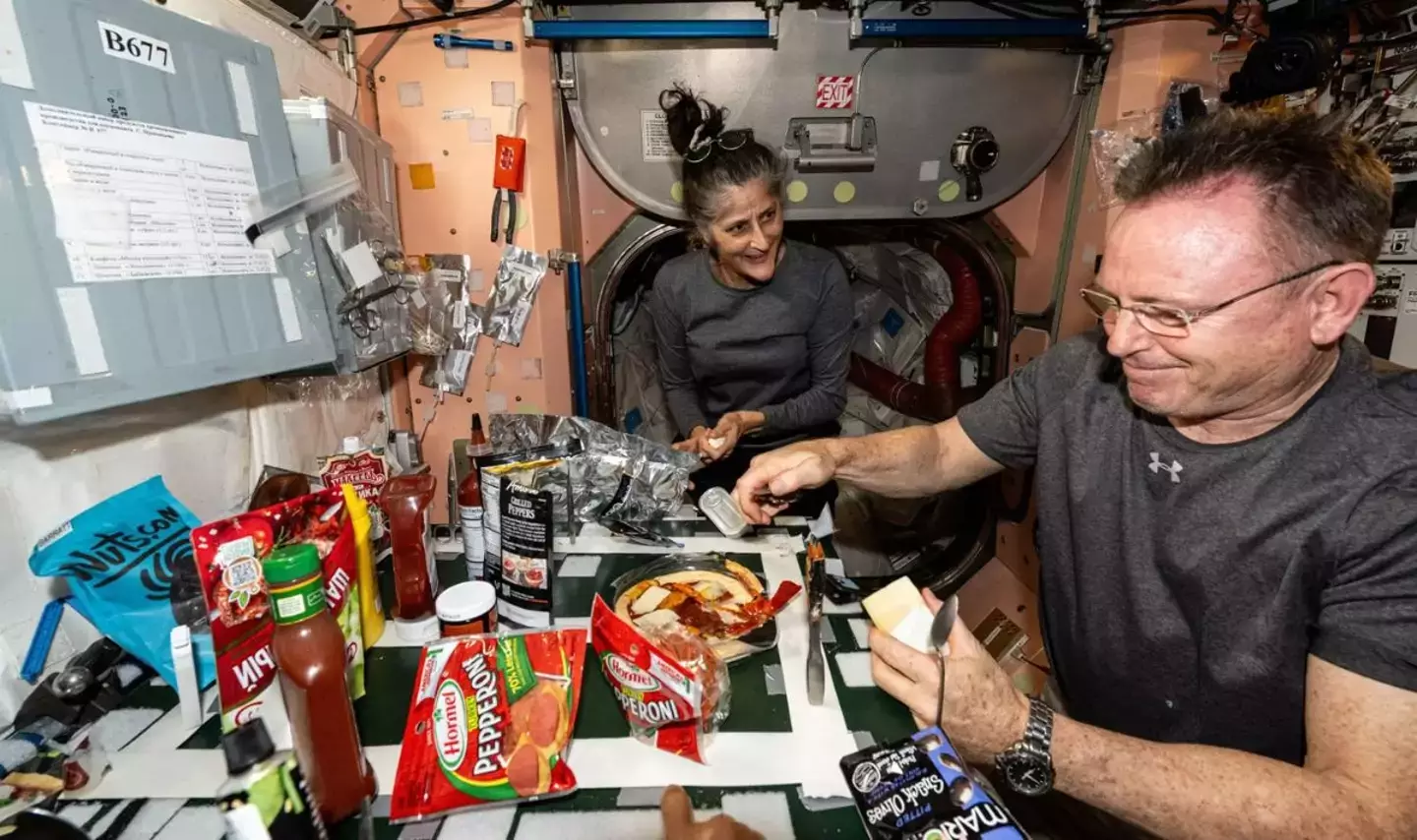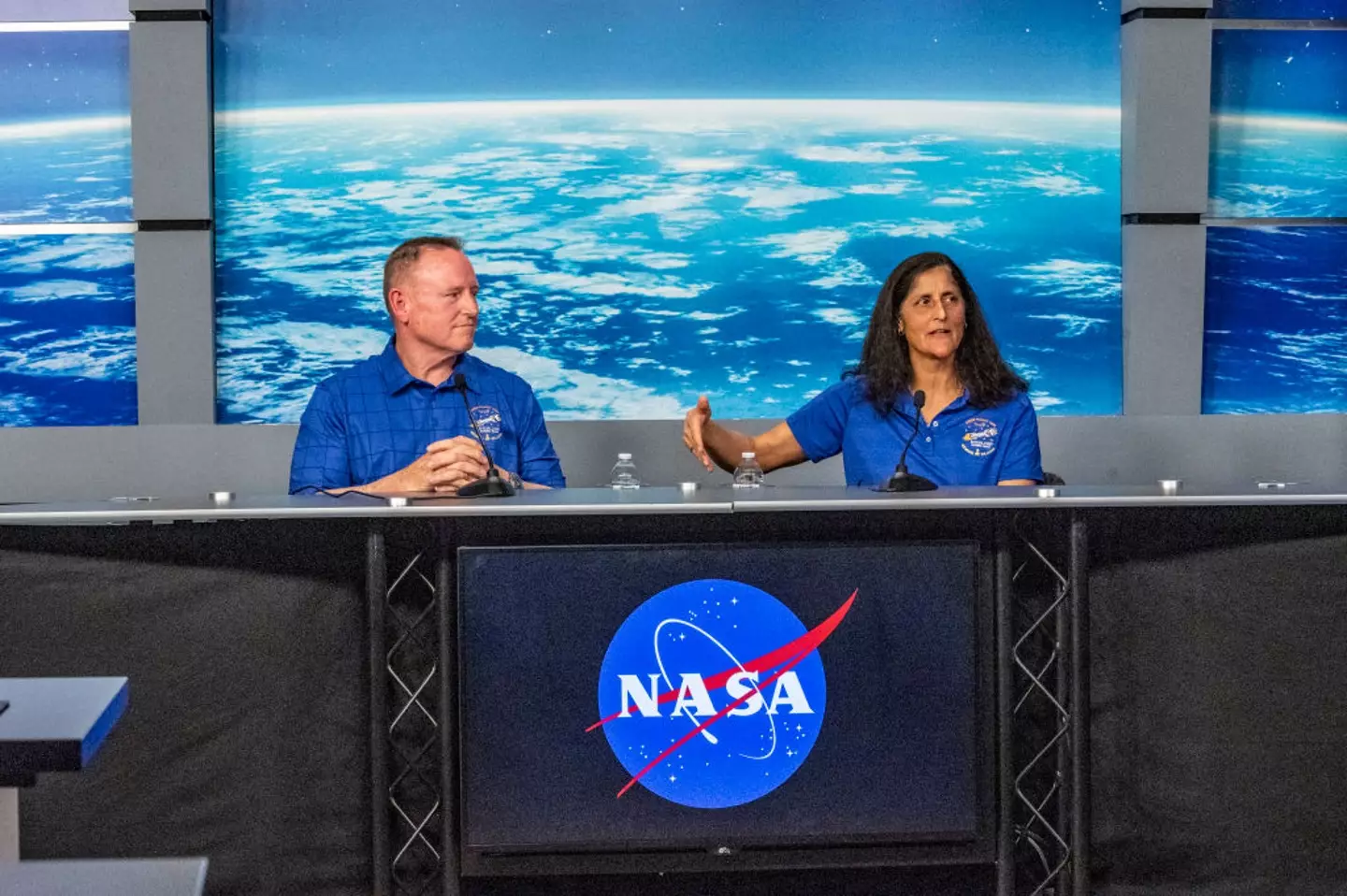The two NASA astronauts currently stuck aboard the International Space Station (ISS) are making do with their available resources, which includes consuming water recycled from their own urine.
Sunita Williams, 59, and Barry ‘Butch’ Wilmore, 61, have been on the ISS for more than five months following technical issues with their original spacecraft, the Boeing Starliner.
The mission initially planned for an eight-day journey, but due to thruster malfunctions and helium leaks, their aircraft returned to Earth without them, leaving the astronauts behind.
Returning on the Starliner was considered too dangerous, so the astronauts will instead be brought back to Earth via SpaceX’s Dragon capsule, scheduled to leave in February.
Concerns have been raised about the astronauts’ well-being, particularly regarding their food and nutrition during this extended stay in space.

The New York Post reports that a mission specialist has revealed the astronauts’ diet includes items like pizza, shrimp cocktails, chicken, and breakfast cereals with powdered milk.
“There’s fresh fruit at first,” the specialist noted. “But as the three months continues that goes away — and their fruits and vegetables are packaged or freeze-dried.”
Most of the food on the ISS is freeze-dried and can be prepared using the station’s food warmer.
Meat is pre-cooked on Earth and later reheated on the ISS, while liquid-based foods such as soup are prepared using water from the station’s supply.
The ISS has an impressive system for recycling urine and sweat into drinkable water.
NASA explains: “This system collects wastewater and sends it to the Water Processor Assembly (WPA), which produces drinkable water. One specialized component uses advanced dehumidifiers to capture moisture released into the cabin air from crew breath and sweat.”

“Another subsystem, the Urine Processor Assembly (UPA), recovers water from urine using vacuum distillation. Distillation produces water and a urine brine that still contains some reclaimable water.
“A Brine Processor Assembly (BPA) developed to extract this remaining wastewater has been on the space station as a demonstration of its operation in microgravity. Recent assessments found that the BPA helped the system achieve the 98% water recovery goal.”
Despite some circulating concerns about Williams’ health due to photos shared online, the astronaut has reassured that she has not lost weight.
In an interview with the New England Sports Network Clubhouse on November 12, she stated: “There’s a lot of changes that go on up here. But it’s funny, I think there’s some rumours around out there that I’m losing weight and stuff. I’m actually right at the same amount.”
She also mentioned that while body proportions shift in microgravity, it may cause an appearance of being ‘a little bigger’ due to fluid distribution across the body.
